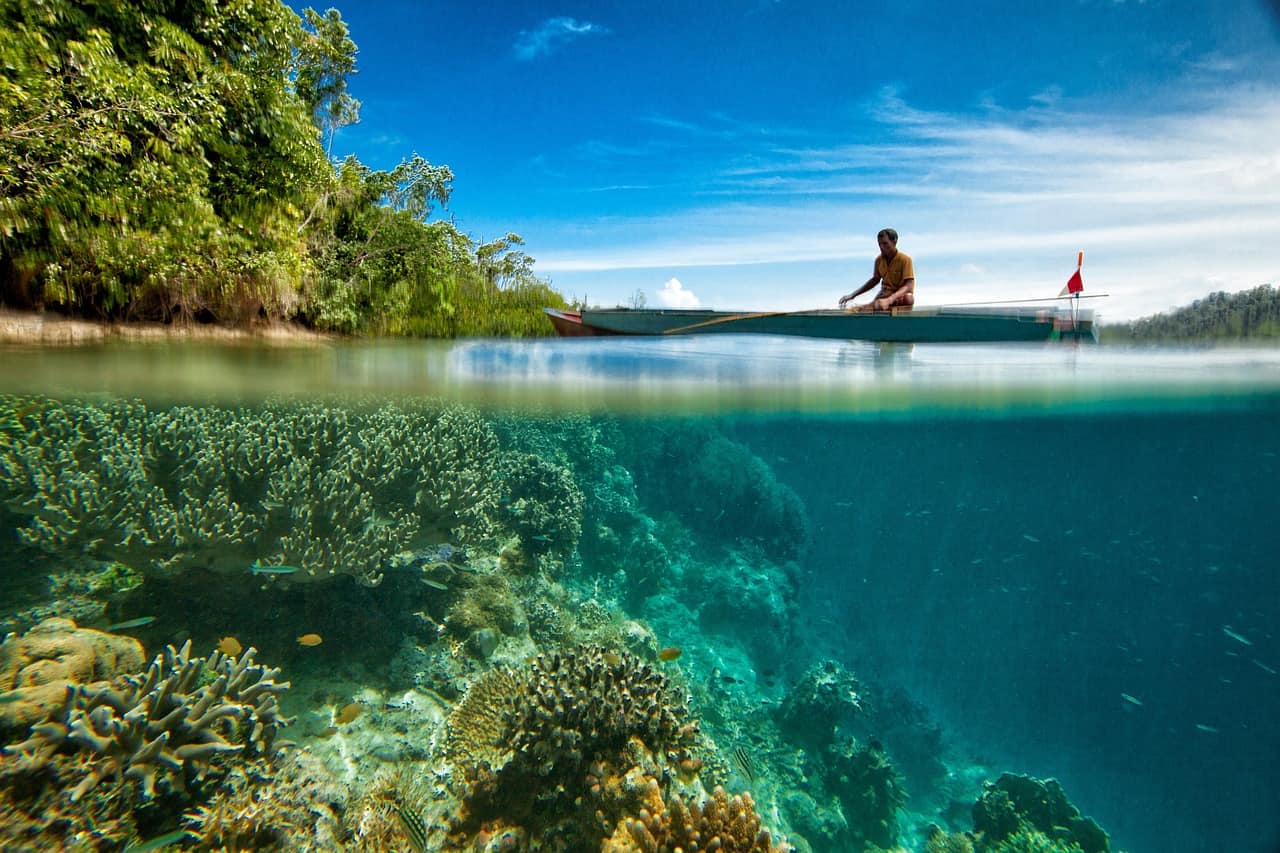Heat-tolerant alga can help corals endure well into the second half of the current century.
Climate change and other environmental stresses like water pollution are posing existential threats to coral reefs. However, some of these reefs may well have a fighting chance that can enable them to survive for decades to come.
This is according to scientists at the University of Miami’s Rosenstiel School of Marine, Atmospheric, and Earth Science who have found that some reefs in the tropical regions of the Pacific Ocean could maintain high coral cover well into this century by shuffling the symbiotic algae they host.
These findings, they say, “offer a ray of hope in an often-dire picture of the future of coral reefs.”
Some corals are combating rising water temperatures by boosting their heat tolerance through changing the symbiotic algae communities they host to provide them with energy through photosynthesis.
“Our results suggest that some reefs in the eastern tropical Pacific, which includes the Pacific coasts of Panama, Costa Rica, Mexico, and Colombia, might be able to maintain high coral cover through the 2060s,” explains coral biologist Ana Palacio-Castro, who was the lead author of a study on the findings.
“However, while this may be seen as good news for these reefs, their survival may not continue past that date unless we reduce global greenhouse gas emissions and curtail global warming on a larger scale,” Palacio-Castro cautions.
Coral reefs living in shallow waters in the eastern tropical Pacific Ocean predominantly comprise branching corals in the genus Pocillopora, which host microscopic algae in their tissue for providing them with energy from sunlight.
When corals lose these symbiotic algae, they turn white in a phenomenon known as bleaching, which is often fatal for corals. Heat stress can cause these algae to die off and the researchers wanted to examine how corals can boost their tolerance to heat.
They did so by examining more than four decades’ worth of coral reef-monitoring data in one of the world’s longest datasets of its kind from Panama. They analyzed temperature, coral cover, bleaching and mortality data during three ocean heatwaves (1982-1983, 1997-1998, and 2015-2016) as well as data on algal symbiont communities.
“[T]he 1982-83 heatwave significantly reduced coral cover on the reef, but the effects of the 1997-98 and 2015-16 El Niño were milder, especially for corals in the genus Pocillopora — sometimes known as cauliflower coral — the predominant reef-building coral in the eastern tropical Pacific,” the scientists say.
“[D]uring strong ocean heatwaves, the heat-tolerant alga Durusdinium glynnii becomes increasingly common in this particular lineage of corals, allowing them to better withstand periods of elevated temperatures,” they go on to explain.
“When combined with climate projections of future heat stress, the reefs that were predominantly composed of Pocillopora corals and that hosted this heat-tolerant alga were found to be better equipped to survive and maintain high levels of coral cover well into the second half of the current century, indicating that some reef systems may be more resilient to warming than previously thought,” they add.
The results indicate that some reefs may be able to survive for several decades thanks to their ability to shuffle symbionts, according to Andrew Baker, a professor of marine biology and ecology at the Rosenstiel School, and senior author of the study.
“While we don’t think that most reefs will be able to survive in this way, it does suggest that vestiges of our current reefs may persist for longer than we previously thought, although potentially with many fewer species,” Baker says.
“Coral reefs are incredibly valuable natural assets, providing coastal protection and fisheries benefits, and supporting many local communities. We can still make a difference by protecting them,” he stresses.
This story first appeared on Sustainability Times
© 2023 Sustainability Times.
This article is licensed under a Creative Commons Attribution-ShareAlike 4.0 SA International License.












